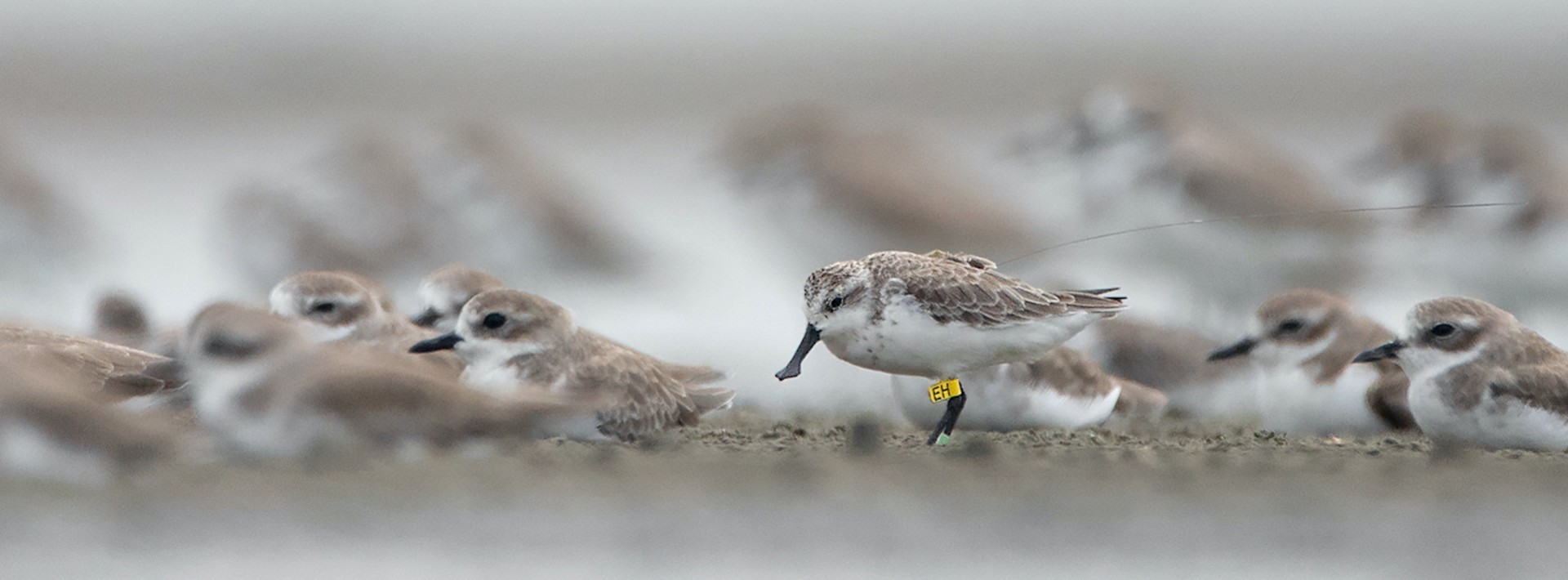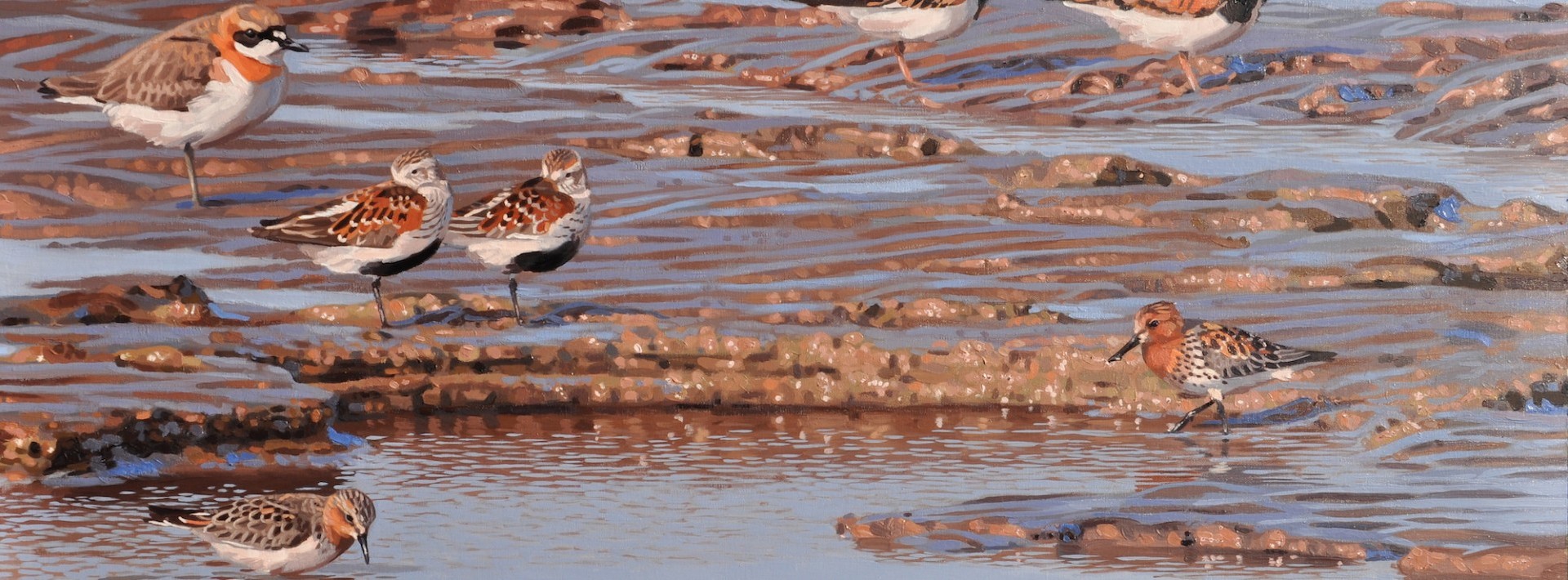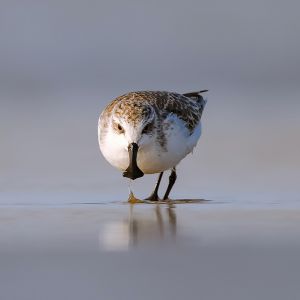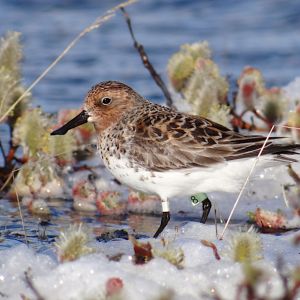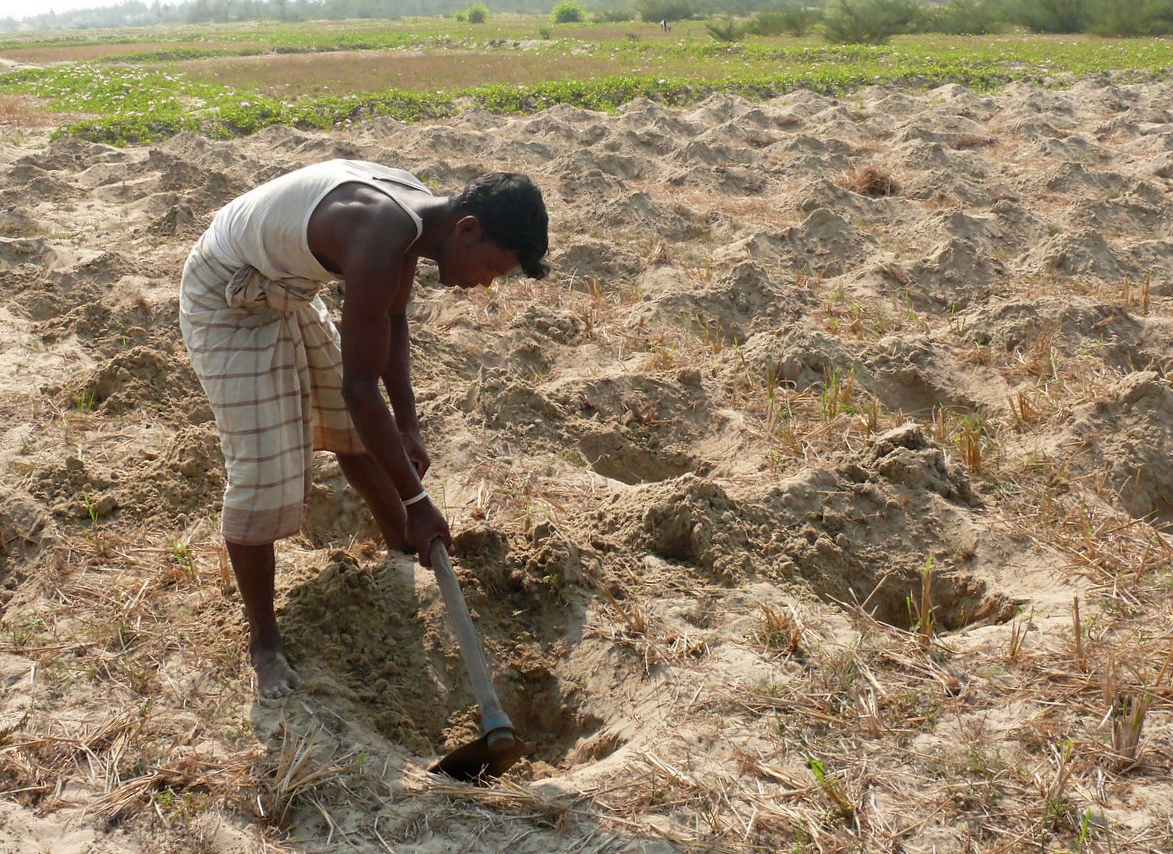In Brief
Conservation Value:
The Critically Endangered spoon-billed sandpiper, which breeds in Russia and winters in Southeast Asia, is one of the world's most threatened shorebirds, with only 200 known breeding pairs. Conservation effforts underway, including this project, give hope for the species. Intertidal mudflats along the East Asian-Australasian Flyway support more than 50 million migratory birds each year, including 33 globally threatened species, hence efforts for this species provide broader benefits. At present, 80 percent of the known population of the spoon-billed sandpiper winters in Myanmar, Bangladesh, China, and Thailand.
Threats:
Throughout its migratory range, invertebrate-rich tidal flats are being converted to industrial use and adult birds are being hunted for food. There are no known immediate threats on its breeding grounds, but sea level rise and other effects of climate change are likely to be an impact throughout its range. Many other shorebird species occupying these same habitats face the same threats and will also benefit from this project.
Actions & Results:
Our project for the spoon-billed sandpiper (CR) continues in shorebird landscapes across four countries in Asia, with a total count of 43 spoon- billed sandpipers (along with 85,000 waterbirds of 68 species) in 2024-25. These areas also supported 360 globally endangered Nordmann’s greenshanks (EN), 8,000 great knots, and other threatened shorebirds. In addition to site protection, along stretches of coast we have removed hundreds of illegal mist nets (which are used to trap birds) and carried out effective conservation outreach work in communities throughout the spoon-billed sandpiper winter range.
- guarding sites to protect birds from hunting
- developing livelihoods in farming and fishing as an alternative to hunting
- establishing no-hunting bylaws among Village Conservation Groups
- supporting local non-governmental organizations to increase awareness of hunting’s impact on this endangered bird.
Goal:
Reduce the impacts of hunting (netting and nooses) on the spoon-billed sandpiper to stop and reverse their dramatic population decline.
This project is fully funded at present.
(Support is welcome for other projects)
Location:
Sandwip Island and Sonadia Island in Bay of Bengal, Bangladesh; Nan Thar Island, in Rakhine state, Myanmar; Leizhou, Guandong province, China; and Pak Thale, Thailand.
Project Field Partner:
Project field coordinator Sayam U. Chowdhury, Assitant Coordinator of the Spoon-billed Sandpiper Recovery Task Force, works with several partner organizations in Bangladesh, Myanmar, Thailand and China.
Our Investment to Date:
Cost to ICFC (2016-2024): CA$647,251
(ongoing in 2025)
Gallery
Click to enlarge an image
In More Depth...
Project field coordinator Sayam Chowdhury works with four local partners: the Spoon-billed Sandpiper Conservation Project (BSCP) in Bangladesh. the Biodiversity and Nature Conservation Association (BANCA) in Myanmar, the Bird Conservation Society (BCST) in Thailand, and also with Vivian Fu of the Hong Kong Bird Watching Society in China. Village Conservation Groups are also key to this effort. Other supporters of this work are the Royal Society for the Protection of Birds (RSPB) and the Disney Wildlife Conservation Fund.
Photo credit: Sayam U. Chowdhury, except where indicated.
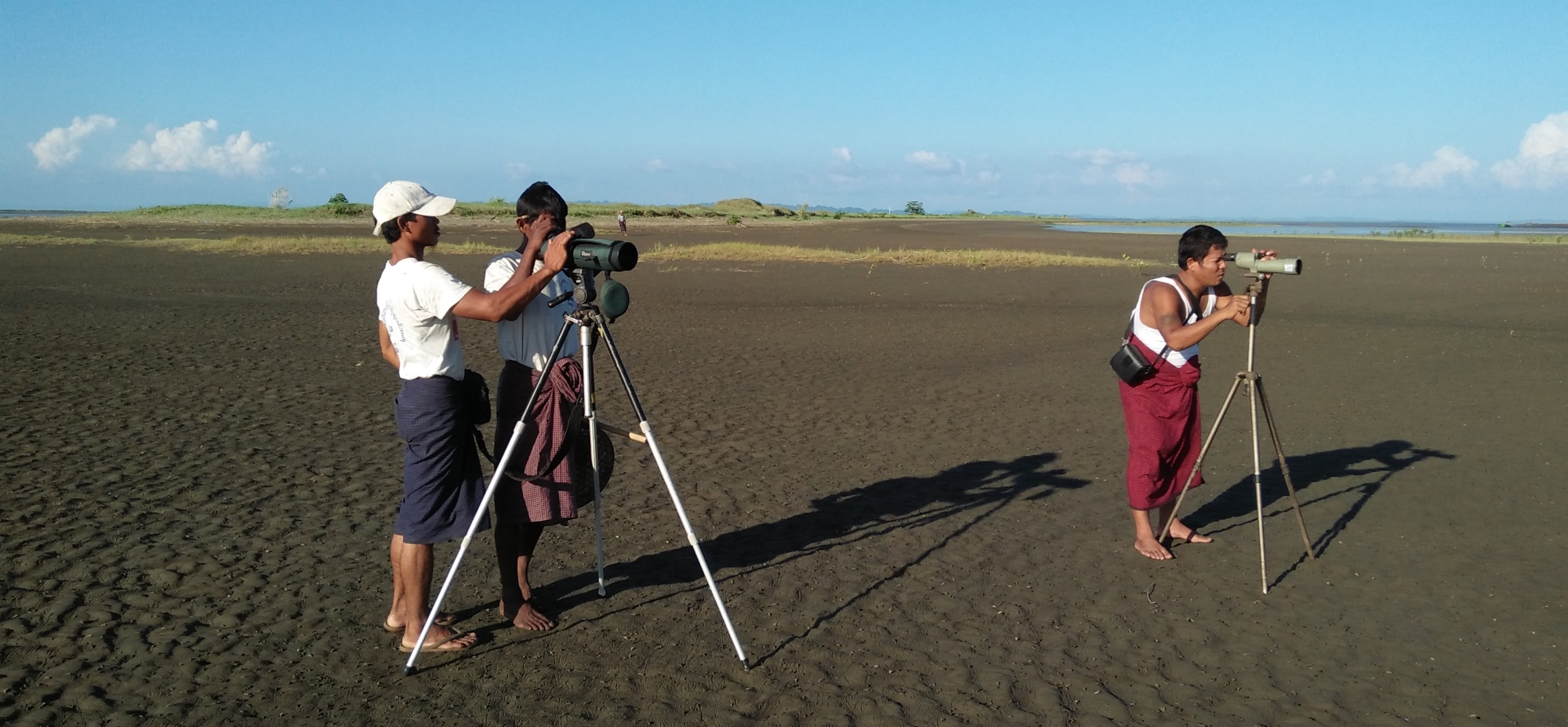
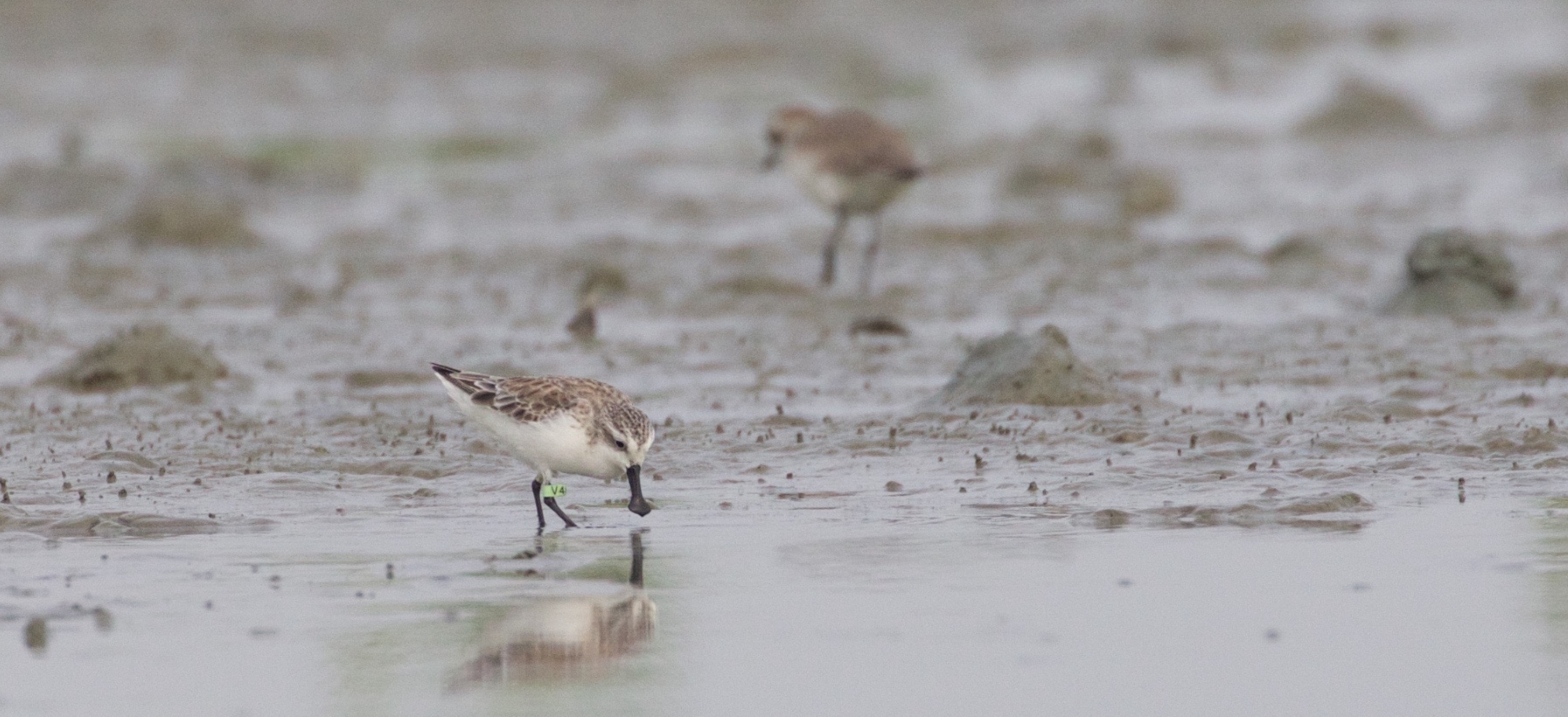

Children in 8 countries learn about the critically endangered Spoon-billed Sandpiper and help make an animated video about it.
A superb 5-minute unnarrated video by the Cornel Lab:
International Conservation Fund of Canada Copyright © 2009-2025
Registered Canadian charity # 85247 8189 RR0001



